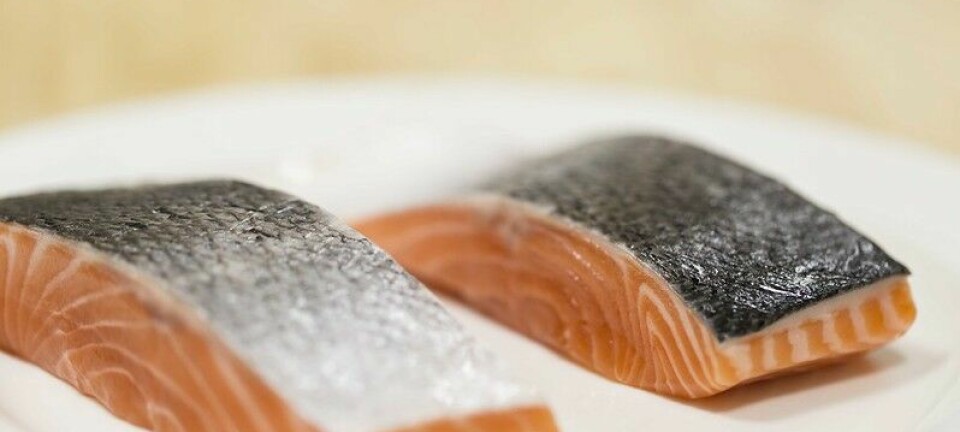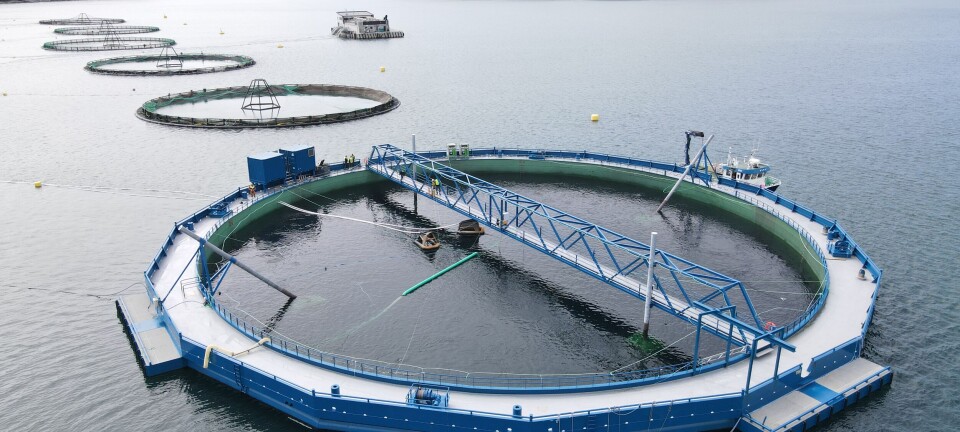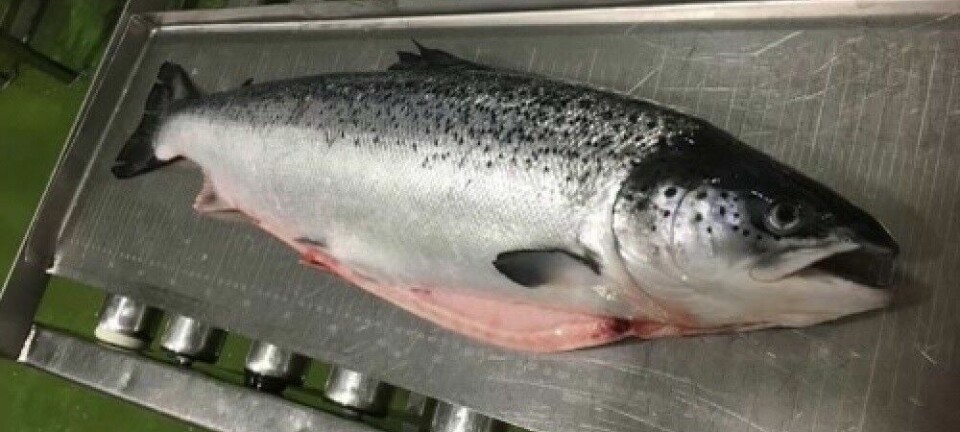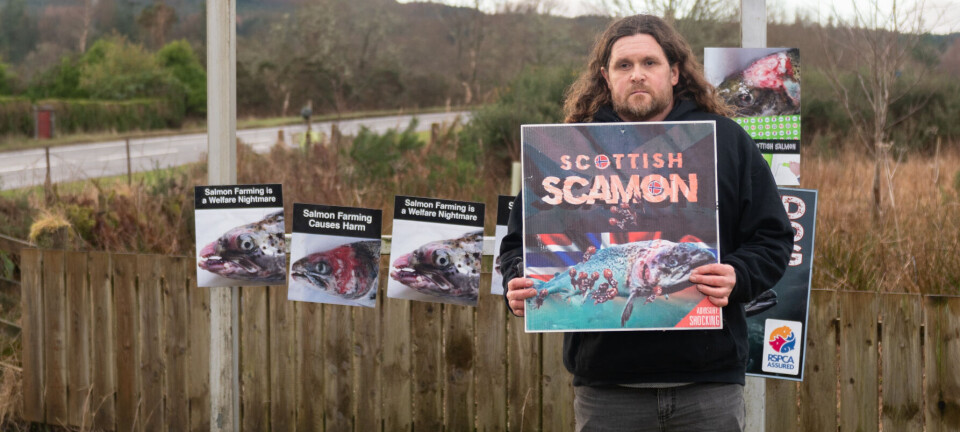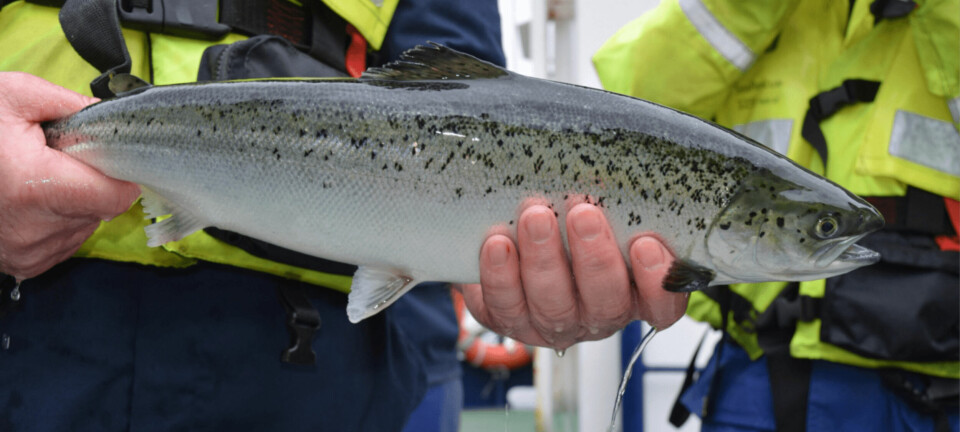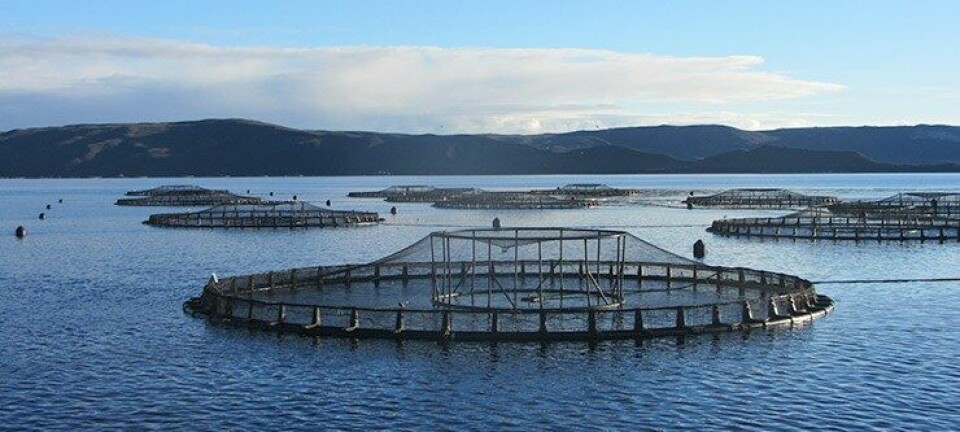
More speakers urged to take part in salmon gill health conference
Meeting in Galway will focus on solutions and mitigation measures
New speakers are being invited to take part in the 2025 edition of the Gill Health Initiative’s biennial meeting, which takes place in Ireland in April.
“In this year’s meeting we are focusing more on solutions and mitigation measures,” said Christine Huynh, chair of the Gill Health Initiative (GHI) steering committee.
“To accomplish this, we are inviting new speakers to take part in GHI. We will also reduce the number of formal lectures to allow more time for workshops.”
Huynh, managing director of Tasmania-headquartered aquaculture veterinary, certification, environmental compliance and R&D company Nautilus Collaboration, said the most important task was to bring solutions forward.
“We have had a lack of them in this particular area in the past, and it’s only now that we are starting to see new tech that will really benefit the cause,” she said.
'Book rooms now'
The GHI meeting is being hosted by the Atlantic Technological University (ATU) in Galway and takes place on April 23 and 24. Registration and submission of abstracts can be made via the GHI’s coordination partner Berg Hansen.
There are limited spaces for accommodation in Galway, and those planning to attend are being encouraged to reserve rooms in recommended hotels before the end of February.
GHI’s meetings bring together industry and researchers to work on best practice management to reduce gill disease in salmon farming, sharing field experiences about gill disease and mitigation strategies across the participating countries which include Norway, Scotland, Chile, Ireland, and Australia.

The last meeting, hosted by the Norwegian Veterinary Institute (NVI), was held in 2023 near Oslo. It was attended by 115 participants representing research and industry. There were 26 papers presented covering topics including welfare tools, methods to evaluate and quantify gill health status, challenge models, harmful algal blooms, computer vision for early warning of jellyfish, amoebic gill disease, digital pathology and markers, gene editing, treatments, and several case studies.
For the first time, artificial intelligence (AI) was discussed for use in diagnosis of gill health diseases. There are now many models available for object detection, which have potential for detection of jellyfish and indicators of fish health.
'Sharing ideas is key'
A first-time participant in 2023, Raoul Kuiper, veterinary pathologist and senior researcher with the section aquatic biosecurity research at NVI, aims to use his knowledge in molecular and digital pathology to further advance analysis of morphologic data and molecular insights in complex causes of gill pathology.
“The GHI meetings are important because despite of more than a decade of intensive work, gill problems are still among the major limiting factors for salmon production,” said Kuiper. “Not unimportantly, they represent a serious welfare concern that affects many fish. Sharing experience and ideas is key.”
Some solutions are available to improve the detection and amount of data collected but there is still a gap in symptomatic treatment and preventative measures to reduce gill disease progression.
“I think we do not sufficiently understand the full set of risk factors involved in gill disease, its variants, and its impact on production and welfare. I believe getting a handle on this is a prerequisite for building useful decision models, if we eventually want to have a shot at strategic prevention, and intervention,” said Kuiper.
Precise evaluation
Morten Lund, director of R&D in fish health and welfare at the Norwegian Seafood Research Fund (FHF), has been a member of GHI since 2018. He expects the main topics for the upcoming meeting will include improved tools to forecast algal and jellyfish blooms, better tools to evaluate gill disease at farm level and by the use of camera vision and AI, and documentation of preventive measures against gill disease.
“The industry needs tools that precisely and quickly evaluate the extent of gill disease in a cage population and document the effect of treatments and preventive measures,” he said.




